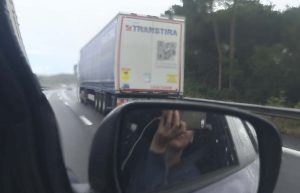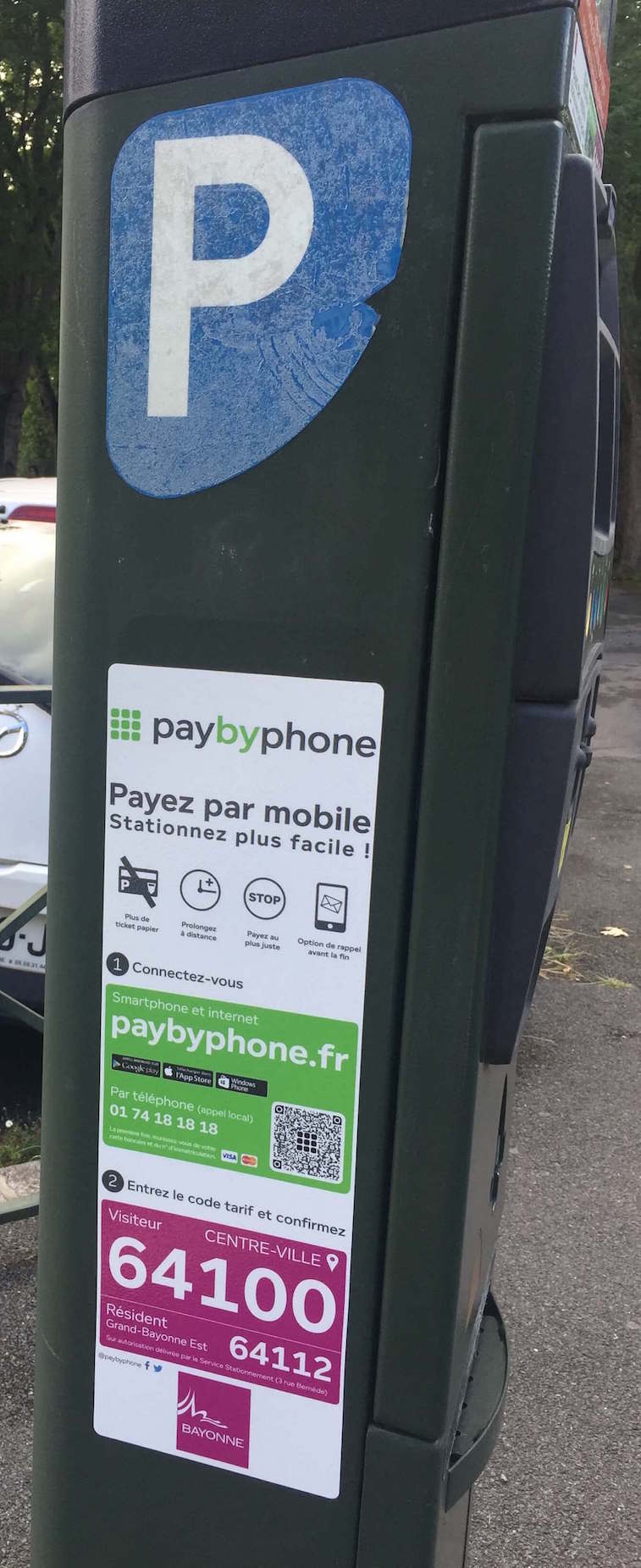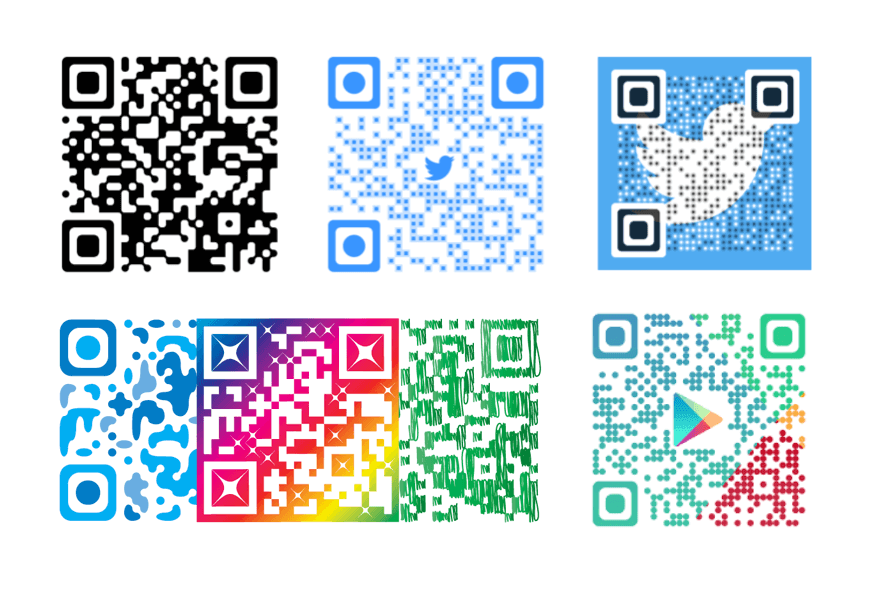Over the holidays, I saw a few examples of the QR code (yes that funny pixelated square that makes no sense to the majority of people) that made me howl. I saw a store that plastered them around within the store, without any further explanation. There were QR codes on certain foods, leading to merely the URL of the company. But, the winning submission this summer was the QR on a lorry.
QR Codes on the move….
My son helped to take the photo as I was driving. We don’t have, as yet, automated assisted photographic capabilities in Level 2 cars. If the QR code is a bit fuzzy, you get the drift! Hardly the most practical of ideas, considering a lorry is supposed to be on the road, more than it is parked?

Wait for it… wait for it… Don’t jiggle too much…
Doing a little ferreting around, the transportation company, Transtira, to which belonged this lorry is from Lithuania. I’m sure that the QR code has another purpose (for docking purposes probably). But, it certainly had me scratching my head while driving. However, due to the conditions, I wasn’t able to get a clear shot of the code.
The digital driving experience

A second instance of QR code that I found of note was from Paybyphone, a parking metre system broadly distributed in parts of Europe. The photo to the right was taken in the charming Basque town of Bayonne. If our cars are getting evermore equipped with USB ports and mobile friendly dashboards, cities are racing to keep up. An area (where money is of course involved) of significant advancement is parking. We can now find many parking systems that accept contactless or mobile payments. This particular park metre in Bayonne was loaded with digital. Using PayByPhone.fr, the system enables you to reload from a distance (so you don’t have to scurry back down the hill), cut short the time if you come back earlier and even get a reminder when the time is up.
As you can see, inserted in the middle of the white panel is a QR code that leads to the URL for the sign-in/registration on paybyphone.fr. In terms of user experience, the fact that the QR code is thigh high hardly ingratiated itself to me… as, once you have opened the QR code reader, you really have to bend over in an awkward position to get the phone parallel and up close to read the code.
So, are QR codes a winning idea? I doubt it. For less steps, you can open your browser (which is likely on the homescreen unlike the QR code reader) and type in paybyphone.
If you own a car (we rent), it would certainly make sense to download the paybyphone app. It should be noted that PayByPhone is owned by Volkswagen Financial Services AG… Good on your VW!
QR Codes hanging on?
Will QR codes survive? It seems that they keep hanging on, but the use cases and user experience continue to be subpar in my opinion.
The designers of QR codes need to think through several key points:
- how easy are they making it for the user to scan the code? I.e. is the code easy to scan on most QR scanners?
- how many steps are involved in the user experience, where the QR codes are an improvement versus alternatives?
- what target will the QR code point to that will have useful longevity (it’s still a one-time code with a one-time target)?
What do you think of QR codes? Will they find a useful purpose?











